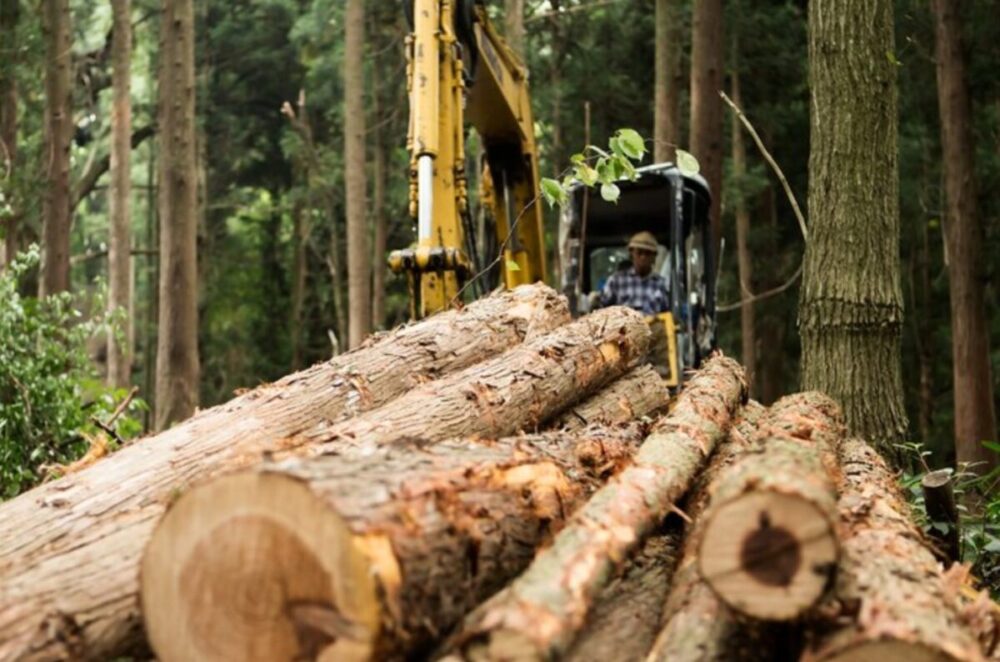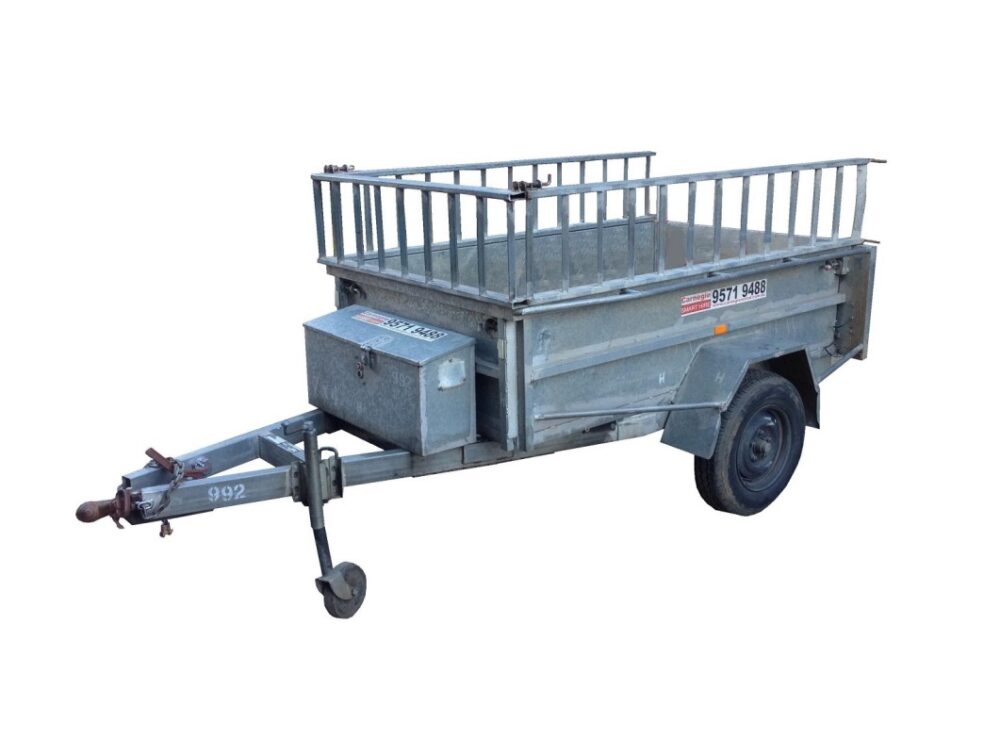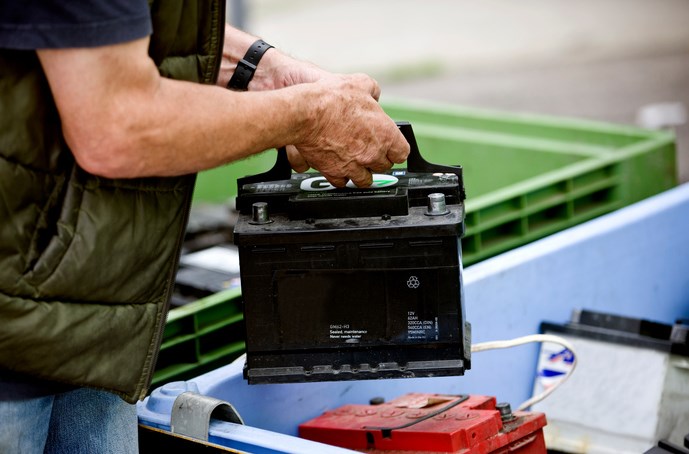The basis of the wood industry certainly lies in the field of forestry and logging. This work is carried out according to strict rules and regulations prescribed by each state, and in controlled conditions, with the use of state-of-the-art machinery.
Forestry is a branch of economy and science that primarily deals with the cultivation, care, protection, and exploitation of forests. Forestry itself is regulated almost everywhere in the world by various laws, to prevent excessive exploitation of forests which has grown to be one of the biggest environmental issues in the past few decades, and at the same time encourages further afforestation of the terrain. The law prescribes the ways in which the forest may be exploited, felled wood extracted, with regulations and obligations for paying taxes by forest owners. With stricter regulations in this area, the use of wood in many industries is still one of the bases of production.
Forestry and logging are jobs that are the basis of many industries and are engaged in by many companies in all countries of the world. Today’s forestry relies on state-of-the-art mechanization and achievements in this field, but professional employees with rich knowledge in this business still play a big role, which is why a large number of companies in this industry refer to traditional family crafts. If you wondered what are the most common forestry and logging equipment, this article might give you all information you need.
1. Felling tools
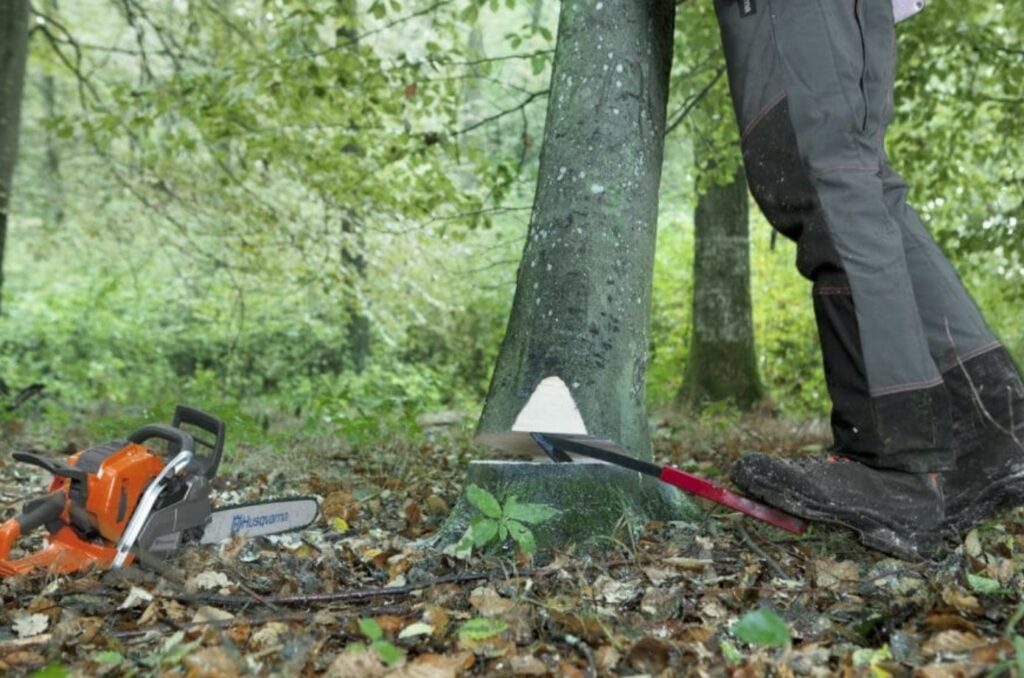
Are used for removing the trees, by cutting and felling them. There are several to choose from when removing trees from your garden or doing professional logging, and a lot of them can be found on uniforest.de. The size of the tree determines what type of forestry equipment you need. For the smallest trees, you don’t need a felling tool. Your own strength will do the trick, possibly with the help of a long pole. The downspout wedge provides greater downhole force than different types of break bars. In extreme conditions, you can use a rope and a winch, which is the safest and most powerful way to cut down trees.
2. Chainsaw
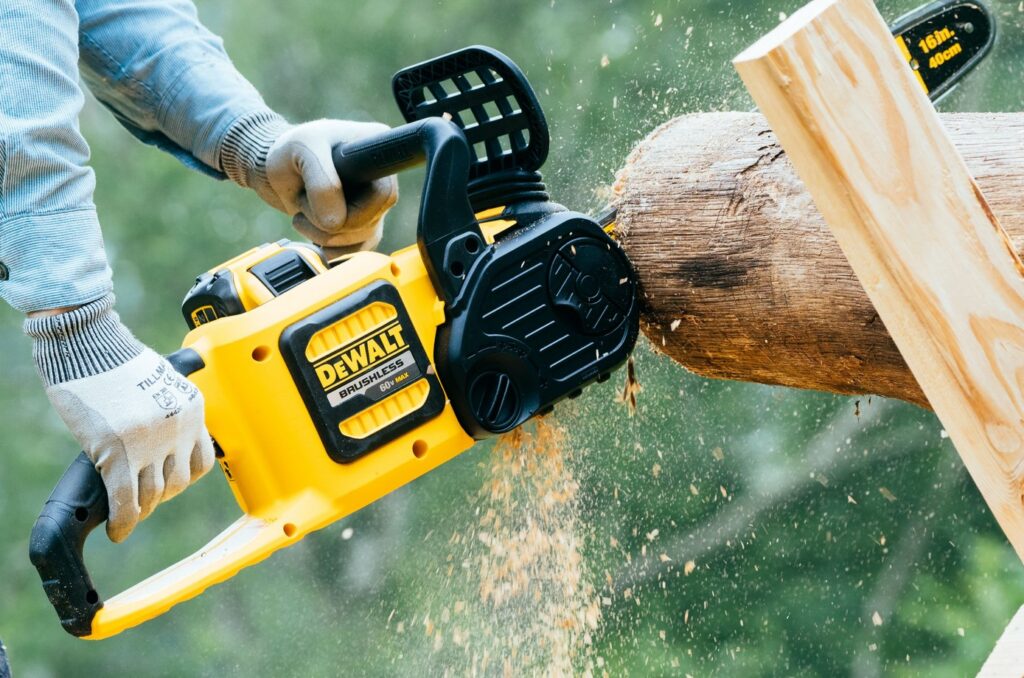
These are some of the most common tools you think of when talking about forestry and logging and indeed are an essential tool. But the usage of a good chainsaw is not limited to forestry, many farmers have been buying for their collection of must-have tools. Even people who don’t belong to either of the categories, but simply live in houses, own a couple of trees in their yards, thus needing a good chainsaw for maintaining them. Different kinds of chainsaws are available on the market, such as bestofmachinery.com, but in general, these are the categories:
- Professional ones, with higher performances needed for logging and optimal ergonomics. They are made for longer usage, to keep up with an eight-hour work shift, which is why they usually have some additional features like hand heaters.
- Pruning saws were made only for professional use. These saws are used by arborists.
- Versatile saws made the same way as the professional ones, but with somewhat lower performance, for example, half time working hours.
- Consumer saws are the smallest ones, very easy to use by anyone, not requiring experience like the professional ones. Enough for home use, where you don’t need them every day.
3. Circular saw
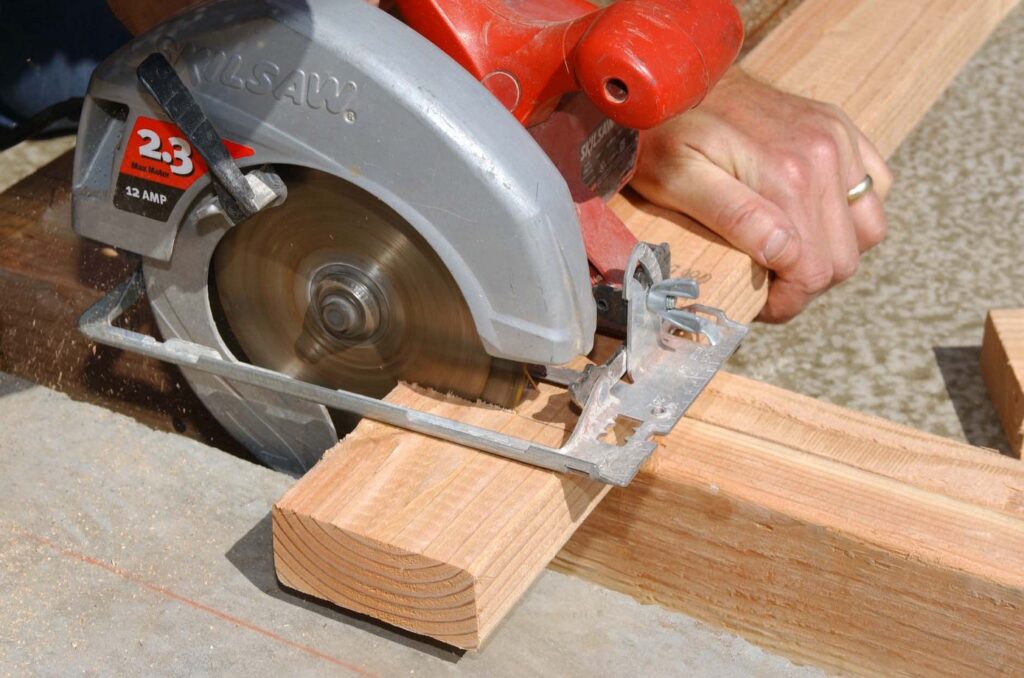
To easily cut the trees that have just been felled, the best is to use the circular saw. There a couple of types, but in the logging industry, the most useful one would be the table circular saw. It’s used for cutting the wood into smaller pieces for easier transport. If the trucks are not available, and the cutting is performed for smaller use, logs can be transported in smaller vehicles.
4. Feller bunchers
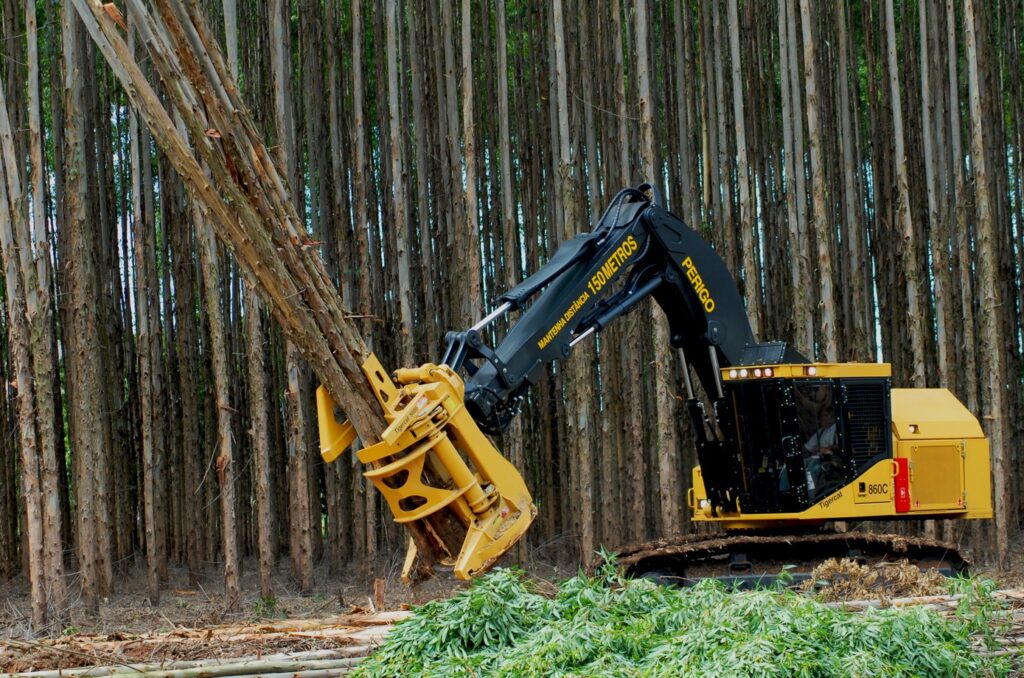
These are movable machines used in the logging industry. Their usage is the same as the felling equipment, but feller bunchers are more stable and able to move, by someone driving them, via wheels or tracks. Their advantage is also in their ability to grip more than one stem at once, cut it, and move to the desired location. When these machines are at work, there’s no need to control the felling of the stems, because they’re able to grab and carry them.
5. Mulchers
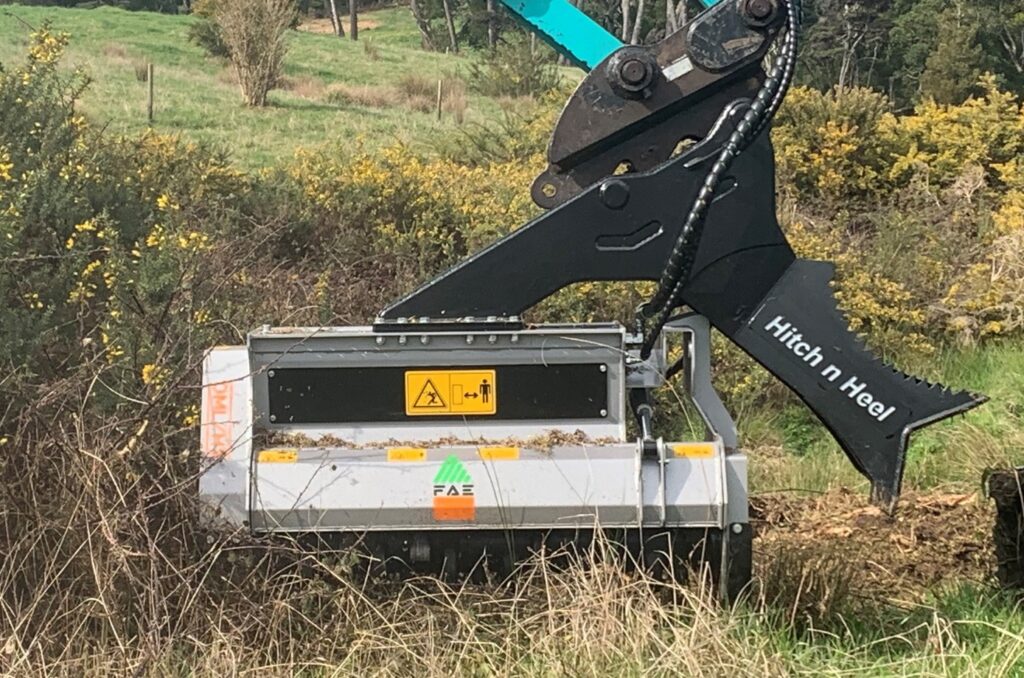
Also a common type of equipment for yard landscaping, only in this case they have much more horsepower. When the logs are not accessible due to the large vegetation, mulchers go first to clear out the terrain and clean the road for the other equipment.
6. Forwarders
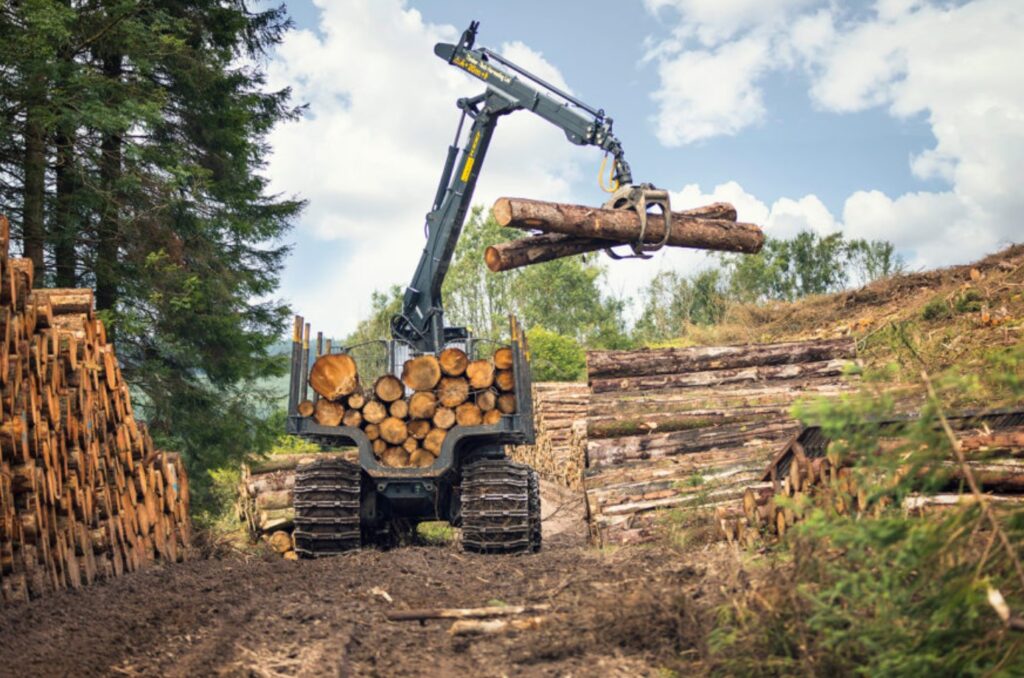
Special machines used for moving the felled logs to a pile and loading them into the transporting vehicles. Unlike the skidder, they have a lifter with which they use to lift up the logs and load them to the transporting vehicles. They are categorized based on how much load they are able to carry.
7. Safety equipment
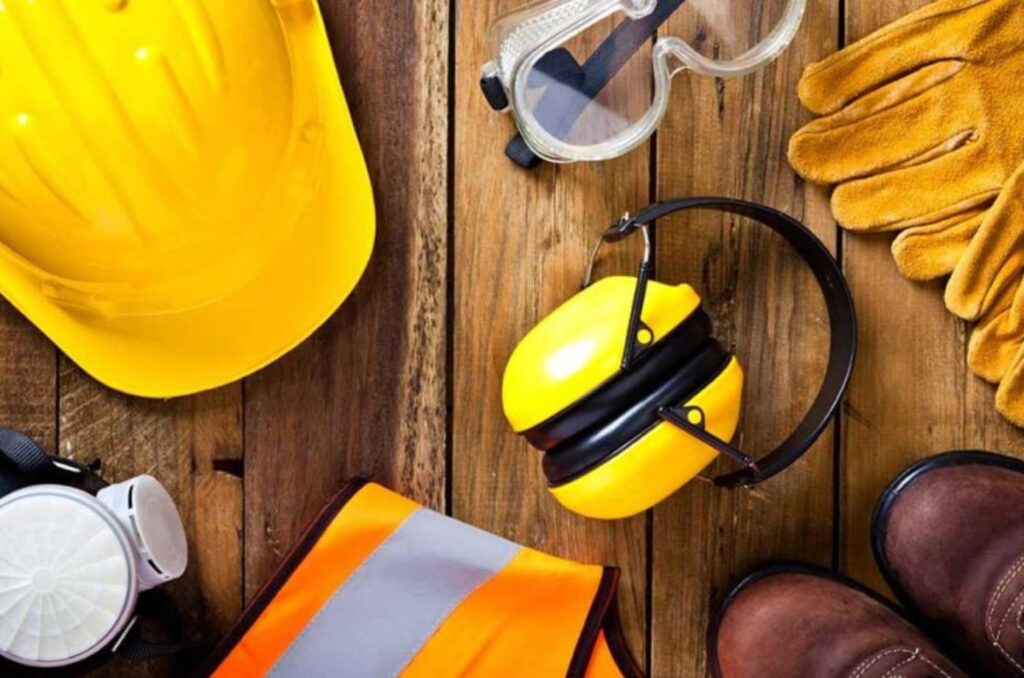
Last, but not least important on this list is the safety equipment for working in the forest. This includes safety helmets, earplugs, protective glasses, glover, pants with special protection from cutting, boots with steel caps, and anti-slippery support.
The clothes have to be very comfortable for moving but has to provide additional protection from cutting. This business requires great agility and physical readiness, but also the knowledge to assess where the stem can possibly fall to plan the equipment positions and the safety of other people involved if there are any. Be very careful when sawing tree branches or the stems that are taut, because those stems or branches can come back very fast to their previous position while you’re sawing them or after you have.
Forestry and logging require a lot more equipment than what has been presented here, in this article. As it is the case with every industry, new equipment and safety solutions are being developed all the time. This was only the list of the most common equipment, every man in the logging business has to possess.

